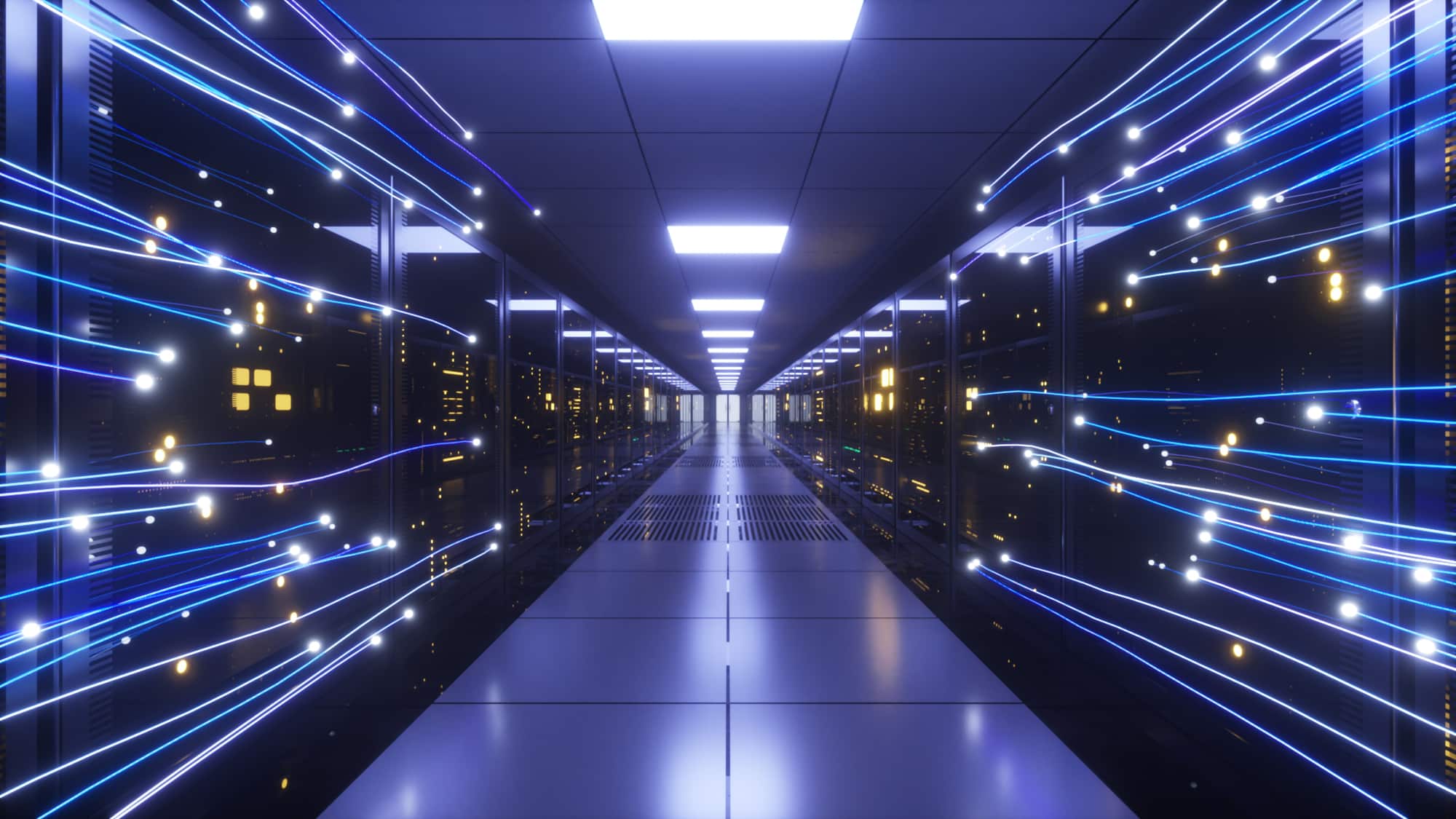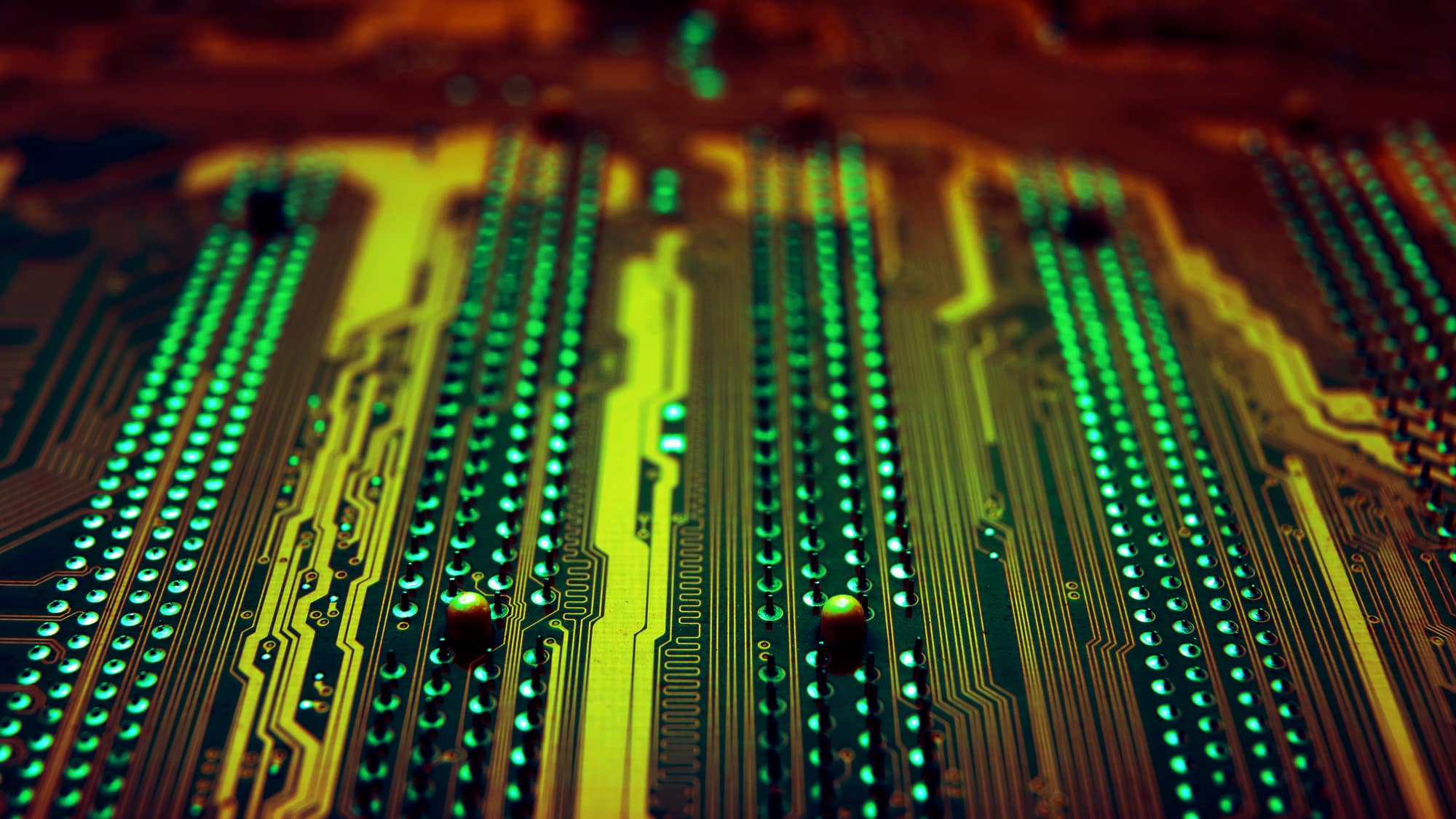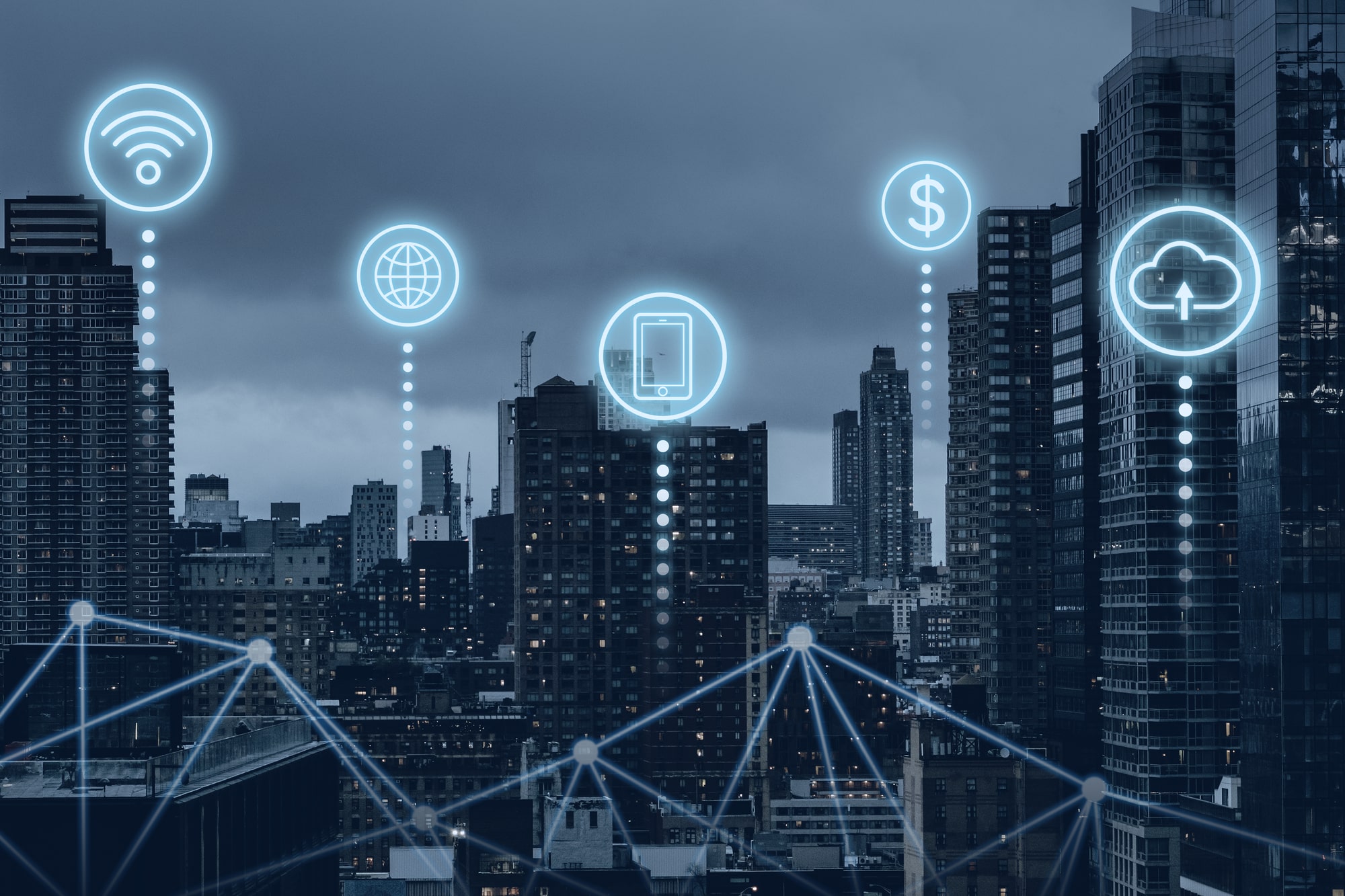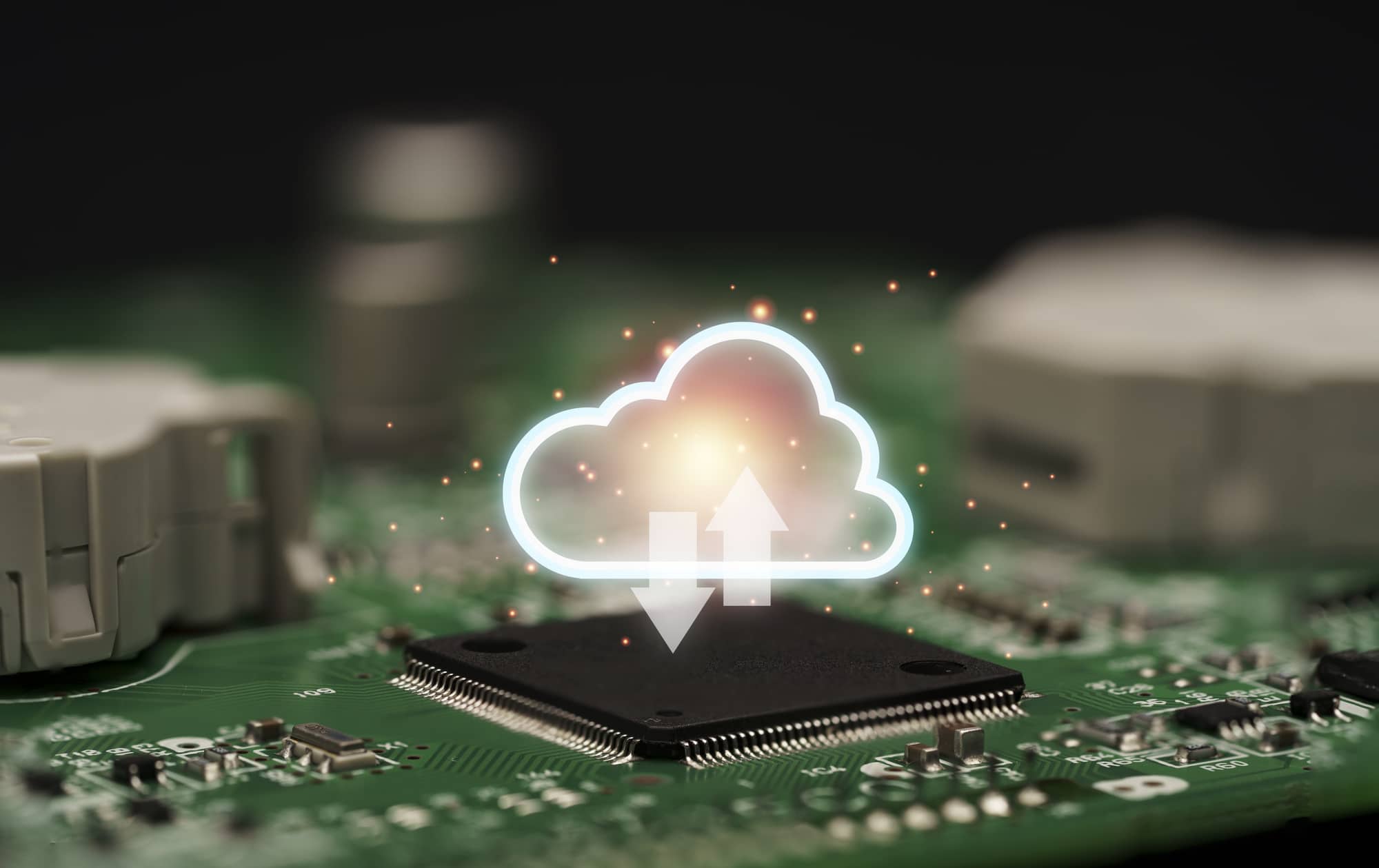
El CPD or data processing center, also known as a data center or data center in English, is an IT infrastructure (information technology) that is used to Host and manage an organization's information and communication systems. In a CPD, servers, storage systems and computer networks that support data management and business applications are concentrated.
They are designed for protect business data and applications from potential external threatssuch as computer viruses, hackers and natural disasters. In addition, CPDs are designed to guarantee the constant availability of systems and applications, even in the event of failures or interruptions in electrical power or network connectivity.
They are key infrastructures in today's digital era. These centers are used to store and manage business data and applications that are vital to the functioning of organizations of all types and sizes, from small businesses to large corporations and governments.
Here are some of the reasons why CPDs are important so you can understand a little more about them.
Importance of CPDs

- Secure data storage: They are the place where business data is stored, including financial information, customer data, emails and other important documents. CPDs are designed to protect this data from potential external threats, such as computer viruses, hackers, and natural disasters.
- Information processing: They are also important for information processing. This includes processing large amounts of data, running business applications, and providing online services to customers and employees.
- Availability and reliability: They are designed to ensure that systems and applications are always available and reliable. This is especially important for organizations that depend on the constant availability of systems and applications to maintain their business operations.
- Energy efficiency: They are large consumers of energy due to the large amount of electronic equipment they use. The organizations that operate CPDs are working to improve the energy efficiency of these centers through the adoption of more efficient technologies and the implementation of more sustainable energy management practices.
- Improved scalability: They are able to scale up and down to meet changing business needs. The vertical scalability it involves adding more resources to an existing server or system, while scale-out involves adding more servers and systems to an existing infrastructure.
In short, CPDs are important because they provide a secure, reliable and scalable infrastructure for the storage and processing of business data and applications. CPDs are also essential to guarantee the constant availability of systems and applications and improve energy efficiency.
Types of PCD

There are different types of CPD that vary according to the size, storage capacity, level of security and complexity of the infrastructure. Here are some of the most common types:
- business CPD: This type of CPD is used for medium and large companies that require a large capacity for data storage and processing. Business CPDs can be hosted on company premises or external.
- CPD in the cloud: This type of CPD refers to an IT infrastructure that provides cloud services through a global network of servers. Cloud CPDs can be public, private, or hybrid.
- Modular Data Center: These CPDs are designed to be scalable and easy to adapt to the company's requirements. Modular Data Centers are made up of prefabricated modules that can be combined to create a custom infrastructure.
- Container CPD: Container CPDs are a quick and easy way to build a CPD. Containers become mobile units that can be quickly deployed to any location.
- High density CPD: These CPDs are designed to have a high capacity for data storage and processing in a reduced space. High-density CPDs are often used in environments where space is limited or where high processing capacity is required.
- Low latency CPD: These CPDs are designed to provide fast response and low latency in applications that require high performance. Low latency CPDs are often used in the financial or telecommunications sector.
In short, the different types of CPD vary depending on the capacity, security and complexity of the infrastructure. Each type of CPD has its advantages and disadvantages, so it is important to choose the type of CPD that best suits the needs of your company. CPD
Functions of a Data Processing Center

The functions of a Data Processing Center can vary depending on the organization and the type of infrastructure, but some of the main functions are presented below:
- Data storage: One of the main roles is to store and manage large amounts of data. This includes customer data, financial information, emails, important documents, and other types of business information.
- Data processing: They are also used to process data and run business applications. This includes financial transaction processing, data analysis, and execution of business programs and applications.
- Data security: They must guarantee the security and privacy of the stored data. This includes the implementation of physical security measures, such as access control systems and surveillance cameras, and logical security measures, such as firewalls, intrusion detection systems, and data encryption.
- Business Continuity: They are used to ensure business continuity in the event of failures or interruptions in electrical power or network connectivity. This can include backup power systems, such as UPS power generators and batteries, and network redundancy systems to ensure constant availability of business systems and applications.
- Infrastructure management: They are also responsible for the management of the IT infrastructure, including the planning, design, implementation, and maintenance of business systems and applications.
- Technical support: They provide technical support for business systems and applications hosted on your infrastructure. This includes the maintenance and repair of equipment, and the resolution of technical problems.
In conclusion, the functions of a CPD are essential for data management and business applications, and are crucial to ensure the proper functioning of organizations in today's digital age.
Elements of a Data Processing Center

Next, I present to you the most common elements that can be found in a Data Processing Center:
- Servers: Servers are computing devices that process and store information. Servers can be physical or virtual, and are used to host business applications and databases.
- Storage: Storage refers to the systems used to store and manage large amounts of data. This includes hard drives, tape drives, and network area storage (NAS) and storage area storage (SAN) systems.
- Networks: The networks are used to connect the devices of a CPD and allow the transmission of information. This includes switches, routers, firewalls, and network cables.
- Security systems: Security systems are used to protect the data and infrastructure of the CPD. This includes intrusion detection systems, surveillance cameras, access control systems, and physical security systems.
- Backup Power Systems: Backup power systems, such as power generators and UPS batteries, are used to ensure that the data center continues to function in the event of power outages.
- Air conditioning systems: Air conditioning systems are essential to maintain the proper temperature and humidity in the CPD. This includes cooling and ventilation systems to prevent overheating of computing devices.
- Management software: The management software is used to monitor and manage the CPD infrastructure. This includes network management software, storage management software, and server management software.
To conclude, the elements of the Data Processor Center work together to ensure the proper functioning of the infrastructure and the protection of business data. Each element plays a crucial role in the management and protection of business information, and it is important to ensure that each one is working properly.